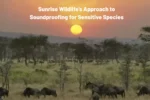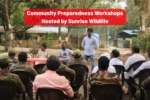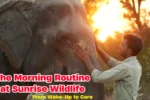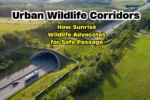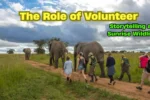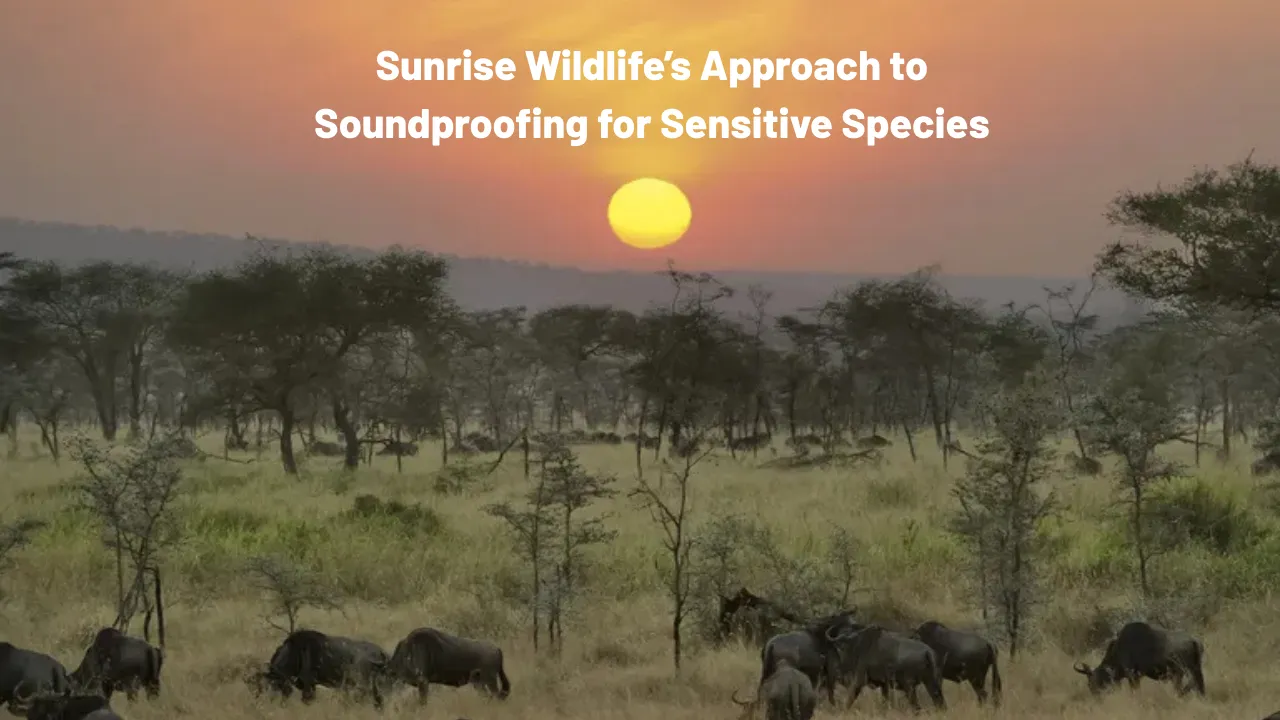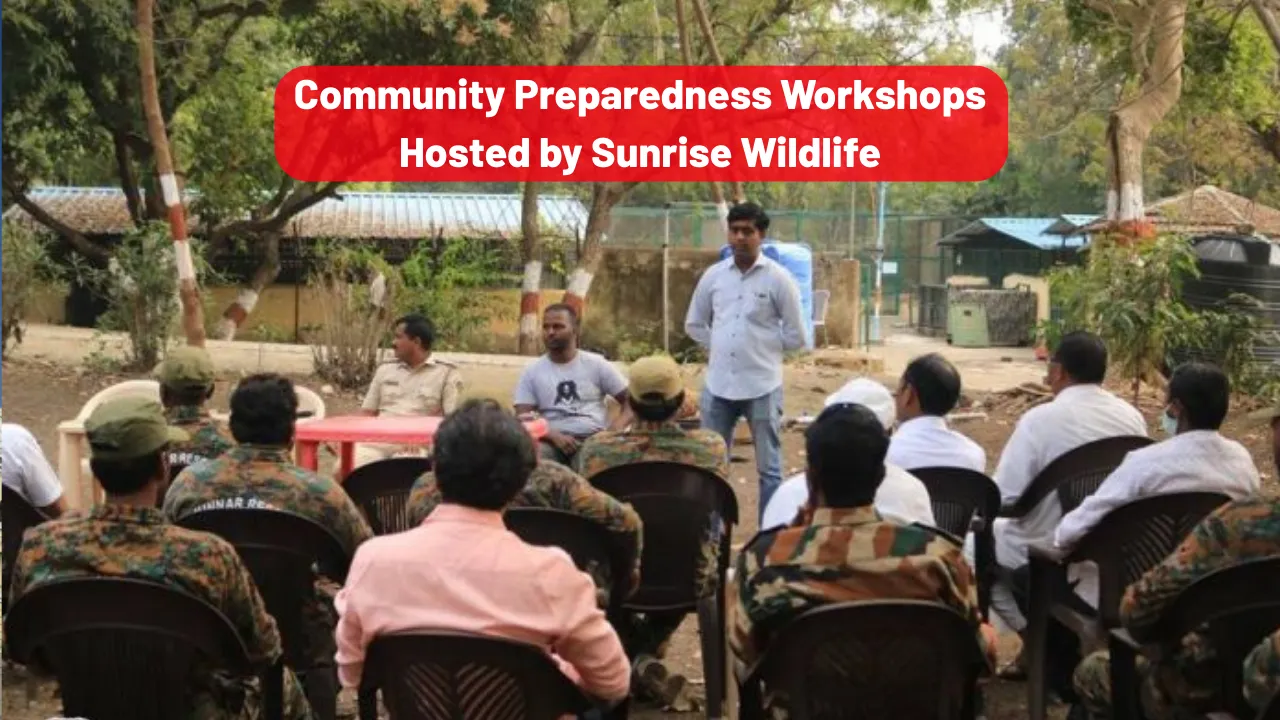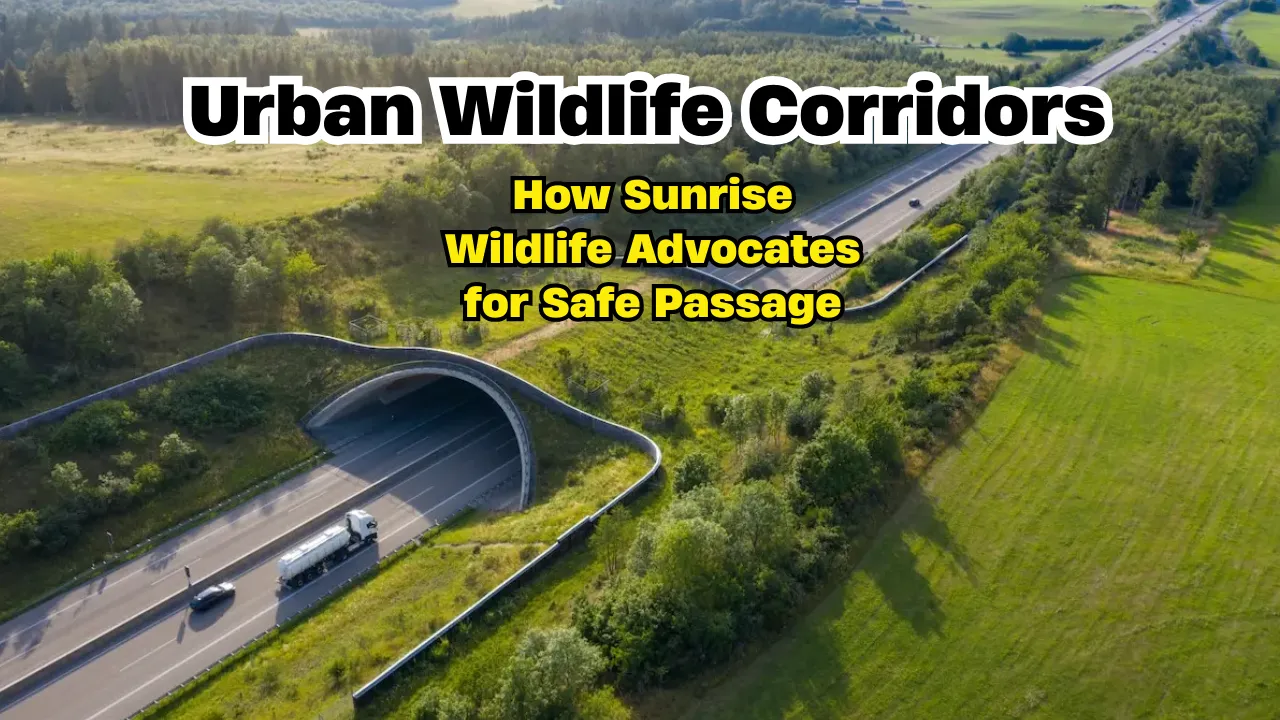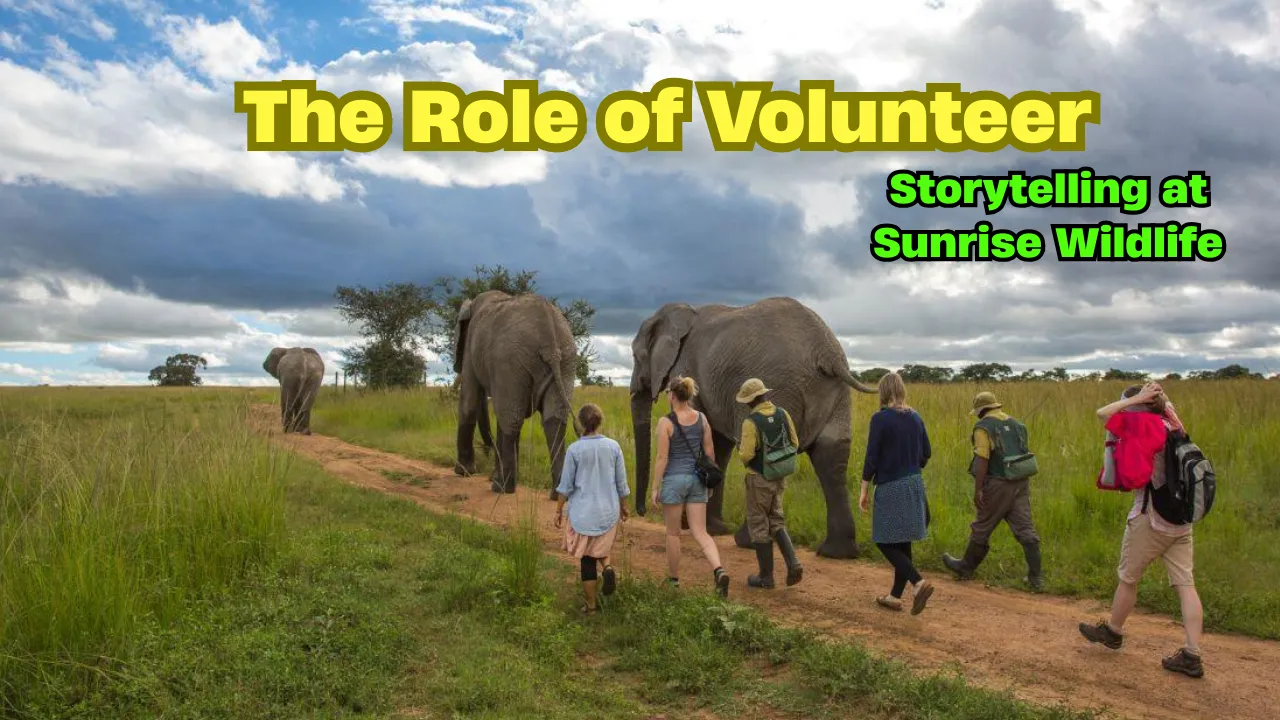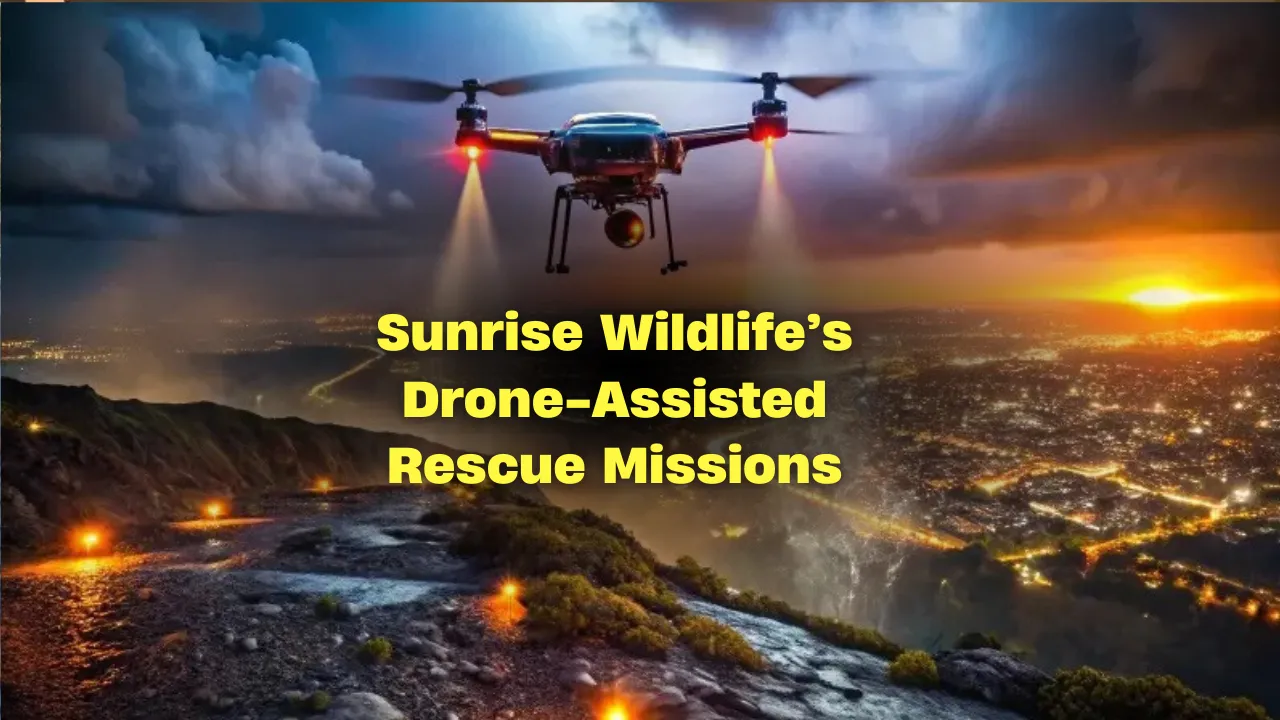No-Touch Photography Policy is not just a trend; it’s a much-needed shift in how we interact with wildlife. In an age where wildlife encounters are often built for social media rather than animal safety, this policy sets a new standard for ethical wildlife engagement. Rather than offering up-close contact, Sunrise Wildlife focuses on observation and storytelling through photography, allowing visitors to witness wildlife without disrupting their natural behaviors.
This article dives deep into Sunrise Wildlife’s no-touch approach, highlighting how it protects animal welfare while still creating powerful experiences for guests. You’ll learn how this policy supports conservation, enhances visitor learning, and sets an example for responsible wildlife tourism. We’ll also explore how this policy builds public engagement, boosts educational efforts, and makes a real difference in animal care.
Sunrise Wildlife’s No-Touch Photography Policy
The No-Touch Photography Policy at Sunrise Wildlife is a strict but compassionate approach that prohibits direct human interaction with animals. Visitors are encouraged to observe and photograph animals in their natural state, without touching, feeding, or handling them. This practice helps reduce stress for animals, promotes authentic behaviors, and prevents potential harm to both animals and humans. It reflects a strong commitment to ethical wildlife care, responsible tourism, and long-term conservation.
Overview of Key Policy Benefits
| Aspect | Benefit |
| Animal Health | Reduces stress, prevents disease, and supports natural behavior |
| Visitor Safety | Avoids injuries or accidents from unpredictable animal reactions |
| Conservation Goals | Promotes long-term rehabilitation and habitat protection |
| Ethical Tourism | Enhances responsible and respectful wildlife experiences |
| Education and Engagement | Offers learning through non-intrusive observation and storytelling |
Why a No-Touch Policy Matters
Direct contact with wildlife may seem harmless on the surface, but it often leads to long-term consequences. Touching or holding animals—especially those recovering from trauma—can trigger anxiety, interfere with healing, and damage their trust in humans. At Sunrise Wildlife, the No-Touch Photography Policy helps animals maintain a sense of control and security in their environment.
This policy also significantly lowers the risk of zoonotic diseases—illnesses that can spread between animals and humans. Limiting contact is not only safer for wildlife but also for visitors. By focusing on safe distances and observation, Sunrise Wildlife offers a better alternative that values both life and learning.
Photography as a Safe and Powerful Tool
Photography plays a key role in how we understand and appreciate wildlife. A strong photograph can tell a story more deeply than words ever could. At Sunrise Wildlife, guided photography tours allow guests to capture animals in their natural moments—whether it’s a fox stretching at dawn or an owl perched silently in the trees.
This approach not only enhances public engagement but also encourages responsible behavior. Rather than chasing selfies or staged interactions, guests learn to wait, watch, and document the animals respectfully. This shift in behavior reduces disruption and helps the animals thrive in a more natural rhythm.
Educating the Public Through Photos
Images have the power to change minds. One well-timed wildlife photo can spark empathy, raise awareness, and even drive conservation funding. Sunrise Wildlife uses the No-Touch Photography Policy to promote public education through real, unaltered wildlife moments. These images appear in classroom materials, conservation campaigns, and online resources, helping to spread the sanctuary’s mission far beyond its borders.
By showing animals as they truly are—without props, cages, or handlers—visitors become part of the larger story of protection and respect. Each photo taken becomes a part of a larger movement to view wildlife with awe rather than ownership.
Benefits for Wildlife Conservation
Every time an animal is touched, its natural rhythm is disrupted. In sanctuaries like Sunrise Wildlife, where many animals are rescued from neglect, abuse, or illegal trade, the healing process is fragile. The No-Touch Photography Policy helps restore dignity and normalcy to their lives. By giving them space, these animals can express natural behaviors that support emotional and physical recovery.
Over time, the animals may be reintroduced into the wild or placed in long-term care programs where their well-being is the top priority. Allowing them to remain untamed increases the chance of successful rehabilitation. It also aligns with the sanctuary’s larger conservation goals—where wildlife thrives not in cages or hands, but in freedom and security.
Visitor Experience Without Touching
You don’t need to hold an animal to feel connected. At Sunrise Wildlife, visitors quickly learn that respectful distance creates richer, more meaningful experiences. Trained guides lead small groups through habitats, explaining the behavior and history of each animal, allowing for a deeper bond than a brief photo op ever could.
The No-Touch Photography Policy helps guests move from passive observers to active learners. Instead of rushing through exhibits, they slow down, observe, and appreciate the subtle details—from a deer’s quiet gaze to a bear’s cautious steps. These moments form memories that are authentic, lasting, and free from harm.
Key Highlights of Sunrise Wildlife’s Policy
- No Physical Contact with Animals:
Direct interaction such as petting, feeding, or holding animals is strictly prohibited. This ensures the health, safety, and dignity of the animals. - Photography-Focused Tours:
Specially designed tours allow visitors to capture stunning wildlife photos without disturbing the animals. These experiences are led by expert guides who share insights into wildlife behavior and conservation.
Ethical Tourism and the Bigger Picture
What Sunrise Wildlife has created is more than a sanctuary—it’s a model for ethical tourism. Across the world, many wildlife centers are moving away from interaction-based tourism, and Sunrise is leading the charge. The No-Touch Photography Policy is proof that you can have meaningful experiences without crossing ethical lines.
Visitors leave not only with incredible photos but also with a new perspective. They begin to see animals as sentient beings, not attractions. This mindset shift is crucial if we’re going to build a world that truly protects and values wildlife.
Frequently Asked Questions
Why doesn’t Sunrise Wildlife allow touching the animals?
Touching can stress animals, disrupt their healing, and pose health risks. The policy protects both animals and visitors.
Can I still get close enough for good photos?
Yes. Tours are designed to provide great viewing angles and safe photo opportunities without disturbing the animals.
What kind of animals can I expect to see?
You’ll encounter a range of rescued wildlife, including foxes, owls, bears, deer, and other native species recovering in sanctuary care.
Is the policy the same for children and adults?
Yes. Everyone, regardless of age, is asked to follow the no-touch rule to maintain safety and respect for the animals.
How does this help conservation efforts?
By promoting natural behavior and reducing stress, the policy improves rehabilitation success and supports long-term conservation goals.
Conclusion
Sunrise Wildlife’s No-Touch Photography Policy isn’t just about avoiding harm—it’s about creating value. It teaches visitors to slow down, observe, and appreciate wildlife in its purest form. By putting animal welfare first, Sunrise builds trust, educates the public, and inspires a new generation of ethical wildlife supporters.
This policy shows that compassion and curiosity can coexist. You don’t need to touch to feel connected—you just need to respect the space and the spirit of the wild. If you care about animals and want a truly meaningful experience, let Sunrise Wildlife show you how beautiful hands-off can be.
We’d love to hear your thoughts. Have you visited Sunrise Wildlife or another sanctuary with a no-touch policy? Share your experiences in the comments.

